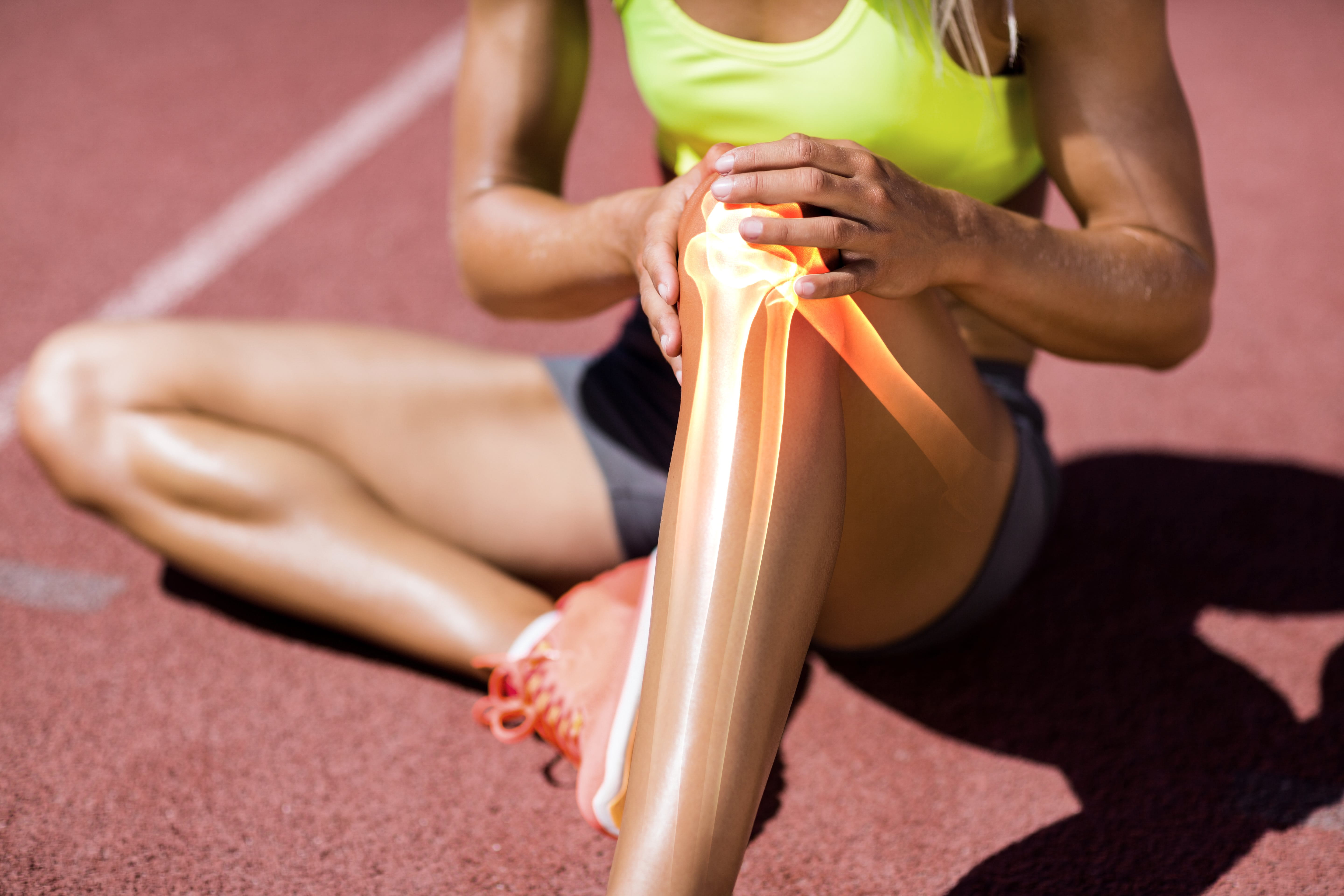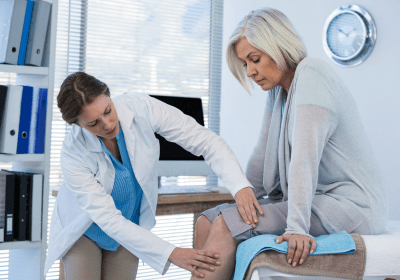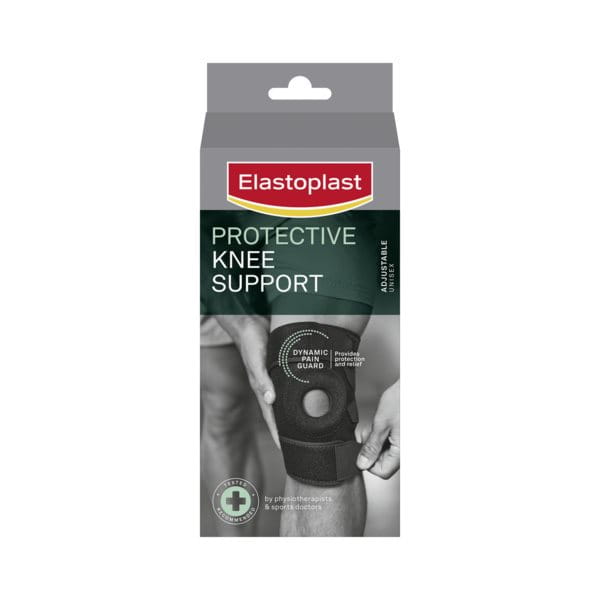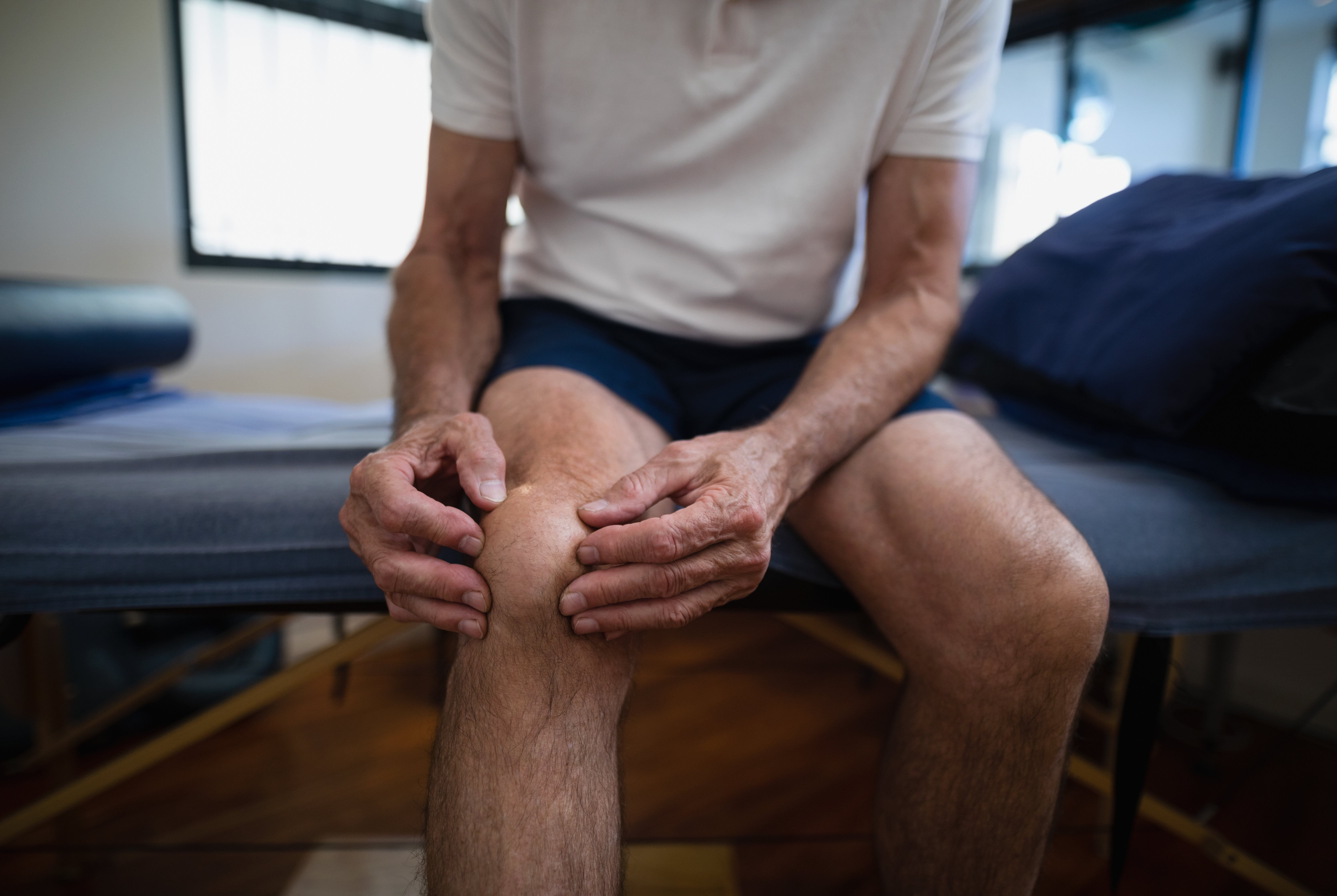Published: June 2024
Last Reviewed: June 2025
Ever wondered if you can dislocate your knee? It's not your everyday injury, but when it does happen, it can be a big deal. A dislocated knee is a severe injury that needs quick medical help and comprehensive treatment to optimise recovery and reduce the risk of long-term complications.
Read our article below to find out what a dislocated knee is, the symptoms, and what you can do to treat it.







.jpg?rx=14&ry=0&rw=5731&rh=3840&hash=54FC27E9DDD4FA009580E615C2A13E3B)


